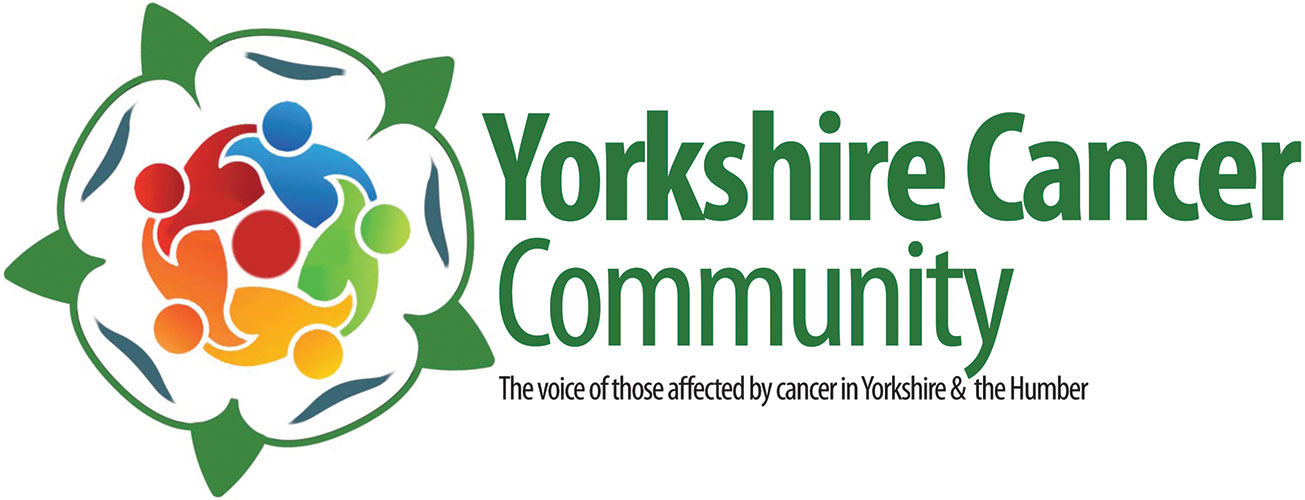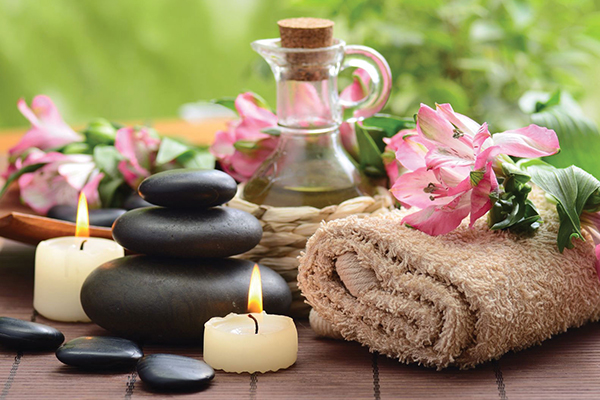The term complementary therapy covers a wide range of health related practices, not taught at a conventional medical school, which are used alongside conventional cancer treatments. They are not given with the aim of curing disease but rather to support physical, psychological, emotional and spiritual wellbeing. They can help to rekindle your spirit and passion for life, support you in making lifestyle changes and motivate you to find a way forward after cancer.
Some practitioners are trained in specific therapies such as shiatsu, reflexology, reiki and massage which use the power of appropriate, focused touch in the right place at the right time. In aromatherapy this will be combined with the use of appropriate oils.
It is quite normal to feel ‘stuck’ after diagnosis and at many points on the journey. You may feel unable to move on, frozen, everything is on hold, feeling out of control. Hands on complementary therapies provide physical connection with someone who understands. They can encourage you to talk in your own time and allow gradual release of emotions.
Other complementary practitioners offer support through nutritional therapy, herbs, homeopathy, flower essences, acupuncture, healing, music, art, tai chi, etc.
Practitioners working in the field of cancer care should also have well developed counselling skills and integrate these within their particular therapy. In addition many can offer support with breathing techniques, relaxation, imagery and meditation to calm the mind.
How complementary therapies might help.
- Ease pain and reduce physical tension and stiffness.
- Relieve side effects of medical treatments and assist with symptom control.
- Provide time to relax, talk and share any worries in a safe environment.
- Promote relaxation and reduce emotional stress.
- Enable people to regain control and feel more able to cope after illness.
- Increase sense of wellbeing and improve quality of life.
- Motivate people to move on following stressful life events.
Choosing a practitioner
Complementary Practitioners must have trained and qualified with an accredited body in their chosen therapy and be fully insured. They should have had post grad training in working with people affected by cancer and be aware that many may be feeling very vulnerable and on a roller coaster search for a cure. It is very important not to mislead people and careful use of clear language is important. At the first visit the therapist must be skilled in assessing your individual needs and have the ability to guide you along the appropriate path towards self-management. It is never acceptable to discourage patients from having conventional treatments or to talk about cure.
It has been shown time that the quality of relationship with a patient is improved even with the simplest of touch or contact. Choose a therapist with whom you can feel at ease and find a therapy you enjoy!
Complementary Therapies most commonly used in cancer care.
Acupuncture – The insertion of fine, sterile needles in the skin at carefully chosen points which relate to the Chinese Medicine meridian system. Most people do not find the treatment painful although there is a definite sensation.
Aromatherapy – Diluted plant oils, chosen by the therapist to suit individual needs, are gently massaged into the skin. Patients may have to remove some clothing during their treatment. Oils may also be recommended for inhalation or use in the bath.
Art Therapy – Art therapy allows patients to explore feelings which may be difficult to express in words through drawing or painting. Anyone can benefit from this therapy, they do not have to be good at art or even to have tried it before.
Healing – This is the flow of healing energy through the healer to the patient to allow the body’s own self-healing mechanisms to work more effectively. It does not require a religious faith or belief and patients do not have to remove their clothing.
Homeopathy – This is a system of medicine based on treating ‘like with like’. Appropriate remedies will be prescribed in the form of tablets, powder or drops over a period of time to stimulate the body’s own natural healing system.
Hypnotherapy – The therapist gently takes people into a deep state of relaxation so that they can be helped to let their mind float onto things they might wish to change and ways to do this reducing anxious thoughts. Patients remain fully clothed and conscious.
Massage – This is one of the earliest forms of powerful ‘hands on’ therapeutic touch. It helps to release physical tension in the body which can lead to mental and emotional release and a feeling of wellbeing. Patients may be asked to remove some clothing.
Nutritional therapy – This includes dietary advice, herbs and supplements.
Reflexology – It is believed that different areas of the hands and feet are linked with different parts of the body. The reflexologist will assess any imbalances and by applying light but firm pressure, generally to the feet, bring the body back into balance.
Reiki – This is a simple form of healing which originated in Japan. You will be asked to lie or sit, fully clothed, and the therapist will gently place their hands over or on your body in areas where they feel it is most needed. Reiki is not linked to any belief system.
Shiatsu – A healing touch therapy based on the same principles as acupuncture but using hands instead of needles. The body is worked on fully clothed and a session should provide the opportunity to learn breathing, relaxation and imagery techniques and discuss possible lifestyle changes to improve overall wellbeing. People can be taught acupressure points to use for themselves to relieve anxiety and fatigue in particular.
Writing Therapy – This can provide a creative outlet for the emotional stress.
Macmillan Categorisation of Therapeutic Interventions.
There are many different ways of categorising complementary therapies but the Macmillan information booklet Complementary Therapies and Cancer (also available in pdf download) sets out guidance for patients and carers in a very clear way which is easy to follow and is recommended reading if you would like more detail.
Mind – body therapies
- Relaxation
- Visualisation
- Hypnotherapy
- Meditation
- Art therapy
- Music therapy
Massage therapies
There are many different types of massage but people with cancer are generally advised to try gentle massage and avoid vigorous deep tissue massage.
(Refer to the Massage for people with cancer booklet and Weston Park Guidelines)
Energy – based therapies
- Acupuncture
- Acupressure
- Shiatsu
- Reflexology
- Healing
- Reiki
Physical Therapies
- Tai chi
- Chi gung
- Yoga
- Gentle movement
Therapies using herbs, plant extracts, foods or supplements
- Aromatherapy
- Flower therapies
- Homeopathy
- Herbal remedies
- Diet and nutritional therapies
NB. Any intervention will impact on the mind, body, spirit and emotions

